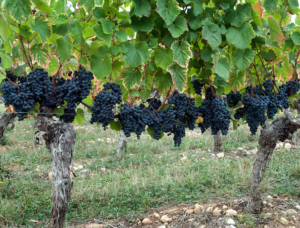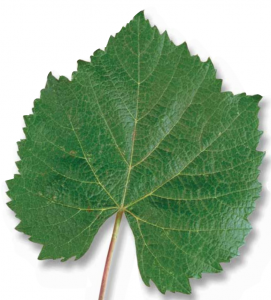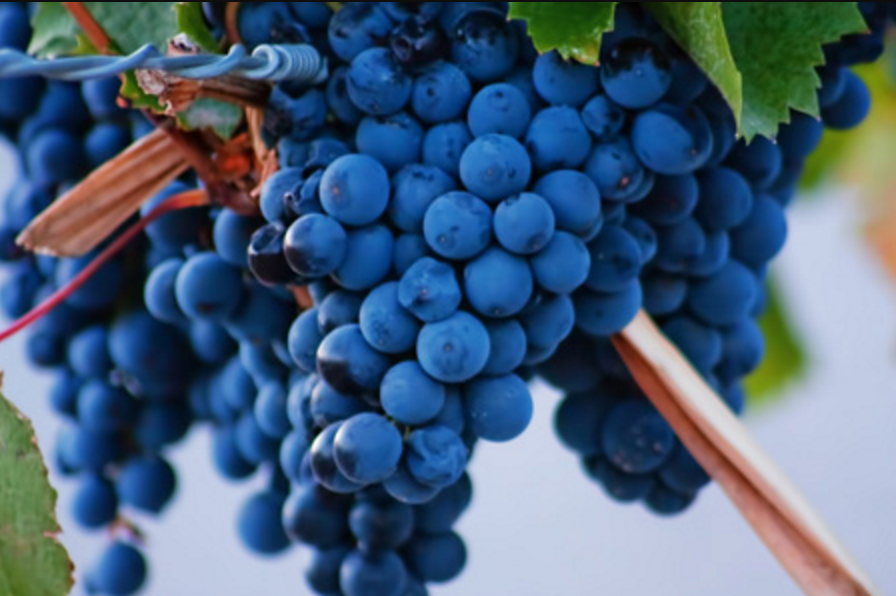International Malbec Day, or Malbec World Day, on 17th April is a great excuse to open a couple of bottles of your favourite Argentine variety. Although Malbec became internationally famous for its boom in Mendoza, Argentina, at the turn of the decade, Malbec’s story stretches much further back in history. In our guide to the history of Malbec, we explore French Malbec as well as Argentine Malbec, and how and why we celebrate Malbec Day.
Malbec’s French beginnings: Côt, the Black Wine of Cahors
Malbec is a French variety that was widely planted throughout the Middle Ages in different regions in France, where it was so common that it had over 1,000 synonyms. Local growers would give Malbec a local name – Auxerrois, Pressac, Doux Noir, Quercy and Plant du Lot were just a few.
In its heyday, Malbec was known as the ‘black wine’ of France and favoured by Russian Tsars and French aristocracy. Eleanor of Aquitaine was rumoured to be a fan of Malbec, opting to serve it at her lavish parties.
 However, with time those names, that fame and those vines disappeared. Malbec was problematic, it was too sensitive to the wet and cold weather of much of France’s wine regions and was relegated to the bottom of the pile. When phylloxera swept across Europe, most growers never replanted Malbec – they opted for more hardy varieties instead.
However, with time those names, that fame and those vines disappeared. Malbec was problematic, it was too sensitive to the wet and cold weather of much of France’s wine regions and was relegated to the bottom of the pile. When phylloxera swept across Europe, most growers never replanted Malbec – they opted for more hardy varieties instead.
In Bordeaux, where Malbec once had a stronghold, it has almost disappeared entirely. Malbec remains one of the official five red grapes of Bordeaux, but is, in fact, one of the least planted. Along with Carmenère, Malbec makes up less than 1% of Bordeaux’s red grape vineyards.
The only region that kept Malbec as its flagship variety was Cahors, where it went by the name of Côt. There, in South West France, Malbec remained King. Known for its particular character, Cahors wines were an incredibly dark colour with tight acidity; they were wines that required a few years to loosen up.
Malbec voyages to South America & experiences a rebirth in the New World
If it weren’t for Domingo Faustino Sarmiento or French agronomist Michel (or Miguel) Pouget, Malbec’s story may have ended in Cahors. But a new chapter was written as a French ampelographer (Pouget) and his French colleagues brought Malbec cuttings to the continent, first to Chile and then under the proposal of Argentine governor, Sarmiento, to Argentina. These Malbec cuttings gave seed to the story of Chilean Malbec and of Malbec in Argentina.
The 17th April 1853 is the day Sarmiento legally founded his research centre to bring international varieties to Argentina, and so this is the anniversary that has been used to mark the arrival of Malbec in Argentina — Malbec Day, or Malbec World Day. (Although Malbec undoubtedly arrived sometime shortly after in the hand of Pouget who was arriving from Chile.)
How Malbec became Argentina’s champion grape, twice
It didn’t take long for Malbec to thrive in Mendoza. The warm, sunny climate meant it had none of its usual problems with rot and frost, and the variety produced full and ripe wines, quickly spreading across most of Argentina’s wine regions. In just over a century, the population of Malbec in Argentina had boomed to over 58,600 hectares (recorded in 1962) — making it Argentina’s most-planted variety.
However, during the following years of crisis, most of those old Malbec vines were torn out, and replaced by other varieties. Between 1962 and 1995, over 80% of Argentina’s Malbec vineyards were pulled out. By 1995, there were less than 9,750 hectares of Malbec vines left and it was fast disappearing.
But Malbec’s story doesn’t end there. Although Malbec was losing prominence to other varieties like Cabernet Sauvignon and Chardonnay during the 90s, some vintners kept faith in their Malbec vines and started to make wines that gained international recognition.

Today Malbec is the champion of Argentine wine — it that Argentina on an international stage, famous worldwide for its Malbec wine. With 85% of the world’s Malbec, Argentina is the greatest advocate of the variety and has explored its many different faces across the different terrains of the wine regions.
Argentine Malbec today ranges from the rich and complex Malbec of Maipu’s older vines, through to the cool, floral notes found in the rocky higher lands of the Uco Valley, and the dark, spicy Malbec with spiky acidity found in the high altitude vineyards of Salta. There is a multitude of expressions of Malbec in Argentina that would take you a lifetime to discover.
Malbec beyond Argentina
However, you’ll need to also spare some time for the other modern Malbecs of the world. Cahors in France continues to produce Côt (although many now market it as Malbec), but Chile is, in fact, the second-largest producer of Malbec with over 2,300 hectares.
Malbec vines have been planted around the port of Concepcion in Chile for centuries and you’ll find very old vines of Malbec in Itata, Maule and Bío Bío in particular. There are also new plantings of Malbec in valleys as diverse as Colchagua, Elquí and Casablanca. Malbec is also grown, to a much lesser extent, in Uruguay, Brazil, Peru and Bolivia.
Joining the New World Malbec party are wine regions in the USA, Australia, South Africa, Canada and New Zealand, each with growing plantations of this variety, which has well and truly established itself as a world favourite.
Happy Malbec World Day!
More on Malbec wines in Argentina and Latin America:
- What’s the difference between Cot and Malbec?
- Malbec wines to try for Malbec Day
- Michel Pouget and the arrival of Malbec in Argentina
- Prunelard, the father of Malbec
- Interview on Malbec with Laura Catena
- Interview on Malbec terroirs with Santiago Achaval, Matervini

